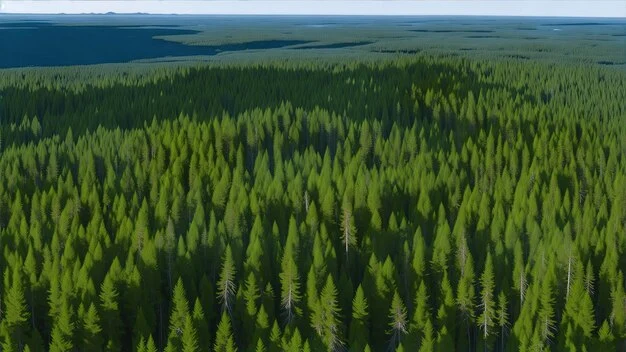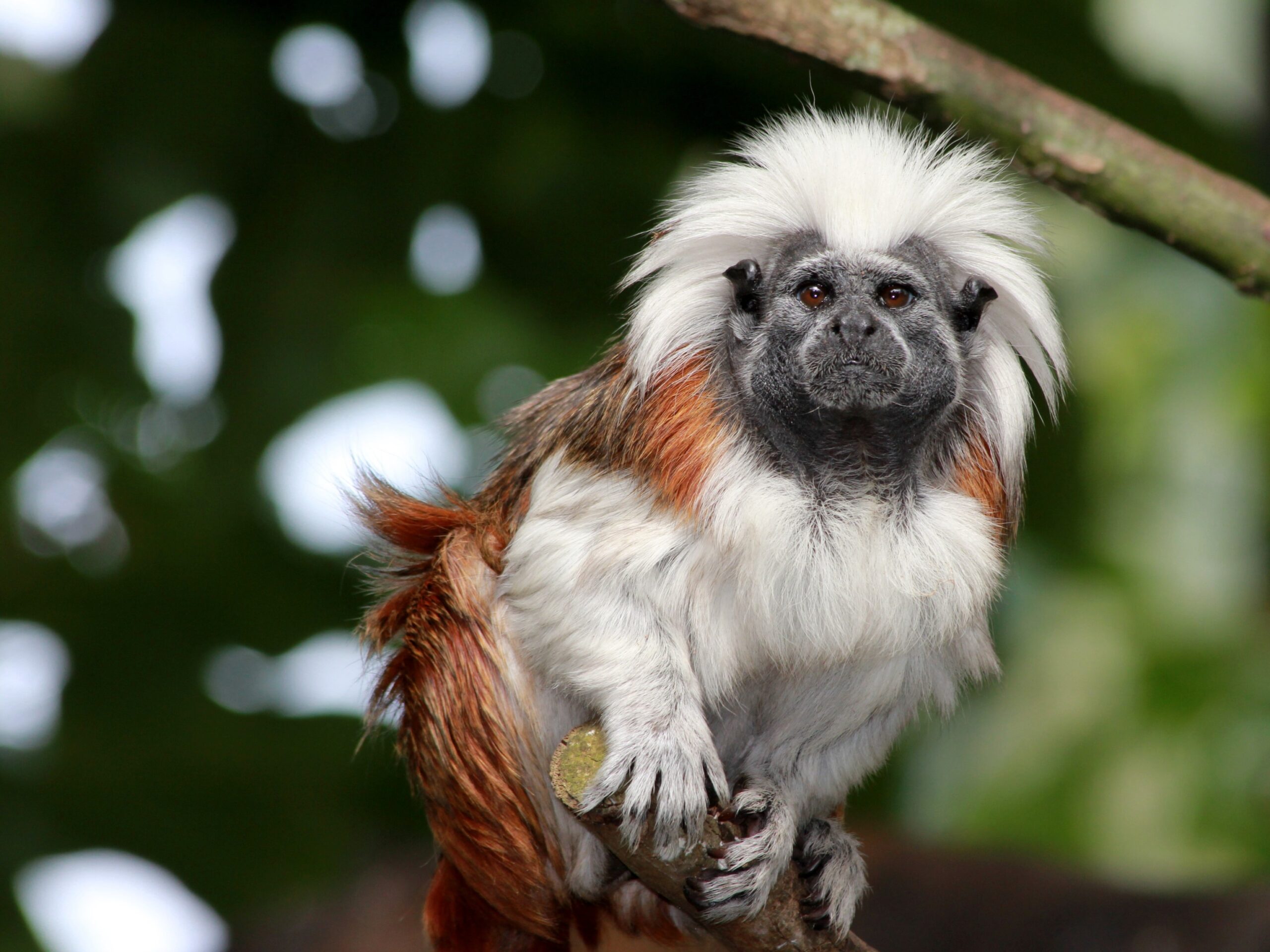A third of the world’s landmass is forested, but not every forest is the same. Some forests are similar, while others are very different. Each forest in the world falls into one of four categories; tropical, subtropical, temperate, and boreal. In this article, we’ll look at some of the animals in a boreal forest.
All of these forests are home to a wide variety of wildlife, all of which play an important role in the global environment. In fact, boreal forest animals alone account for about 25% of all lumber and paper produced today.
They comprise the world’s largest land biome and are native to eight continents.
What is Boreal Forest?
Eight countries are home to boreal forest animals: the United States; Norway; Russia; Canada; China; Finland; Japan; and Sweden. Boreal forests contain coniferous trees such as pine, fir and spruce.
These forests are on the other side of the world from tropical forests in terms of extreme climate. Boreal forests experience freezing temperatures six to eight months of the year, but many species survive in these cold conditions.
Boreal forests also provide sustenance for many Indigenous peoples through hunting and fishing, as well as economic and spiritual activities.
List of 10 Boreal Forest Animals
There are thousands of species living in the Boreal animal forest all over the globe. The Boreal forests are home to 85 mammals and more than 300 bird species that can survive the cold winters. There are only a few reptile and amphibian species that spend most of the winter in hibernation.
- Caribou

Scientific name: Rangifertarandus
Caribou, also known as reindeers, are a type of deer that live in the Boreal forest in North America, Europe and Siberia. They travel in herds, although the size of the herds can vary significantly.
2. Wolverine

Scientific name: Gulo gulo
Wolverines are omnivores that are boreal forest animals of North America, Siberia and Scandinavia. Their primary diet is scavenging for food, but they will also eat deer and moose as well. The main predators of Wolverines are bears, wolves and humans.
These animals are strong and can grow up to 1m in length. Wolverines are also known as skunk bears.
3. Gray Wolf

Scientific name: Canis lupus
Wolves, on the other hand, have evolved to live in many different environments, and are typically known as Boreal forest animals. When left to their own devices, wolves can hunt a wide variety of small game, including rabbits, mice, squirrels, and even birds. When hunting in packs, wolves can easily take down large game, such as moose and elk, as well as caribou and other game. Some wolves living near rivers learn to catch fish, and although they are carnivores, wolves will also eat vegetation and tree fruits.
4. American Black Bear

Scientific name: Ursus americanus
As North America’s largest bear, the American black bear is found throughout the continent. It spends most of its year feeding on berries and salmon, and hibernates during the winter months.
Since these bears are drawn to the campsite’s food and trash, it’s not unusual for them to encounter people. It’s thought that black bears outnumber all other bear species by about two to one.
5. Red Fox

Scientific name: Vulpes vulpes
Red foxes live in Boreal regions and are nocturnal predators. They spend the night hunting small game, mainly rodents. They will also feed on rabbits and birds. Red foxes can change their diet depending on their habitat.
They can feed on trash and pet food if they come into contact with humans. However, because of this, they are considered pests in some areas and will be hunted by humans. Their intelligence and adaptability make them very adaptable.
6. Beaver

Scientific name: Castor canadensis
In Canada and most of the United States, including Alaska, beavers live in the Boreal forest. They spend most of their time in wetlands, ponds and streams, and avoid arid areas. Beavers eat tree bark for sustenance, but will also eat water plants, roots and buds.
When it comes to tree bark, they prefer maple bark, aspen bark, birch bark, poplar bark, and willow bark. Because their lips are so close to their teeth, they can eat underwater.
7. Brown Bear
Scientific name: Ursus arctos
The taiga is home to brown bears, one of the largest and most dangerous species on the planet. Brown bears can weigh as much as 800 pounds and can be very aggressive. Attacks on humans are rare, but they do happen.
These bears eat a wide variety of prey, ranging from small mammals to berries and trash. They live in Europe, the Americas, and Asia.
8. Deer

Scientific name: Cervidae
Deer is the smallest of the family of mammals and is native to the temperate regions of North America, including the United States, Canada, and Mexico, as well as parts of South America. Deer feed primarily on grasses, leaves, and bushes.
Deer in the Boreal areas are also a source of sustenance for many other creatures living there, such as wolves, bears and wolves.






